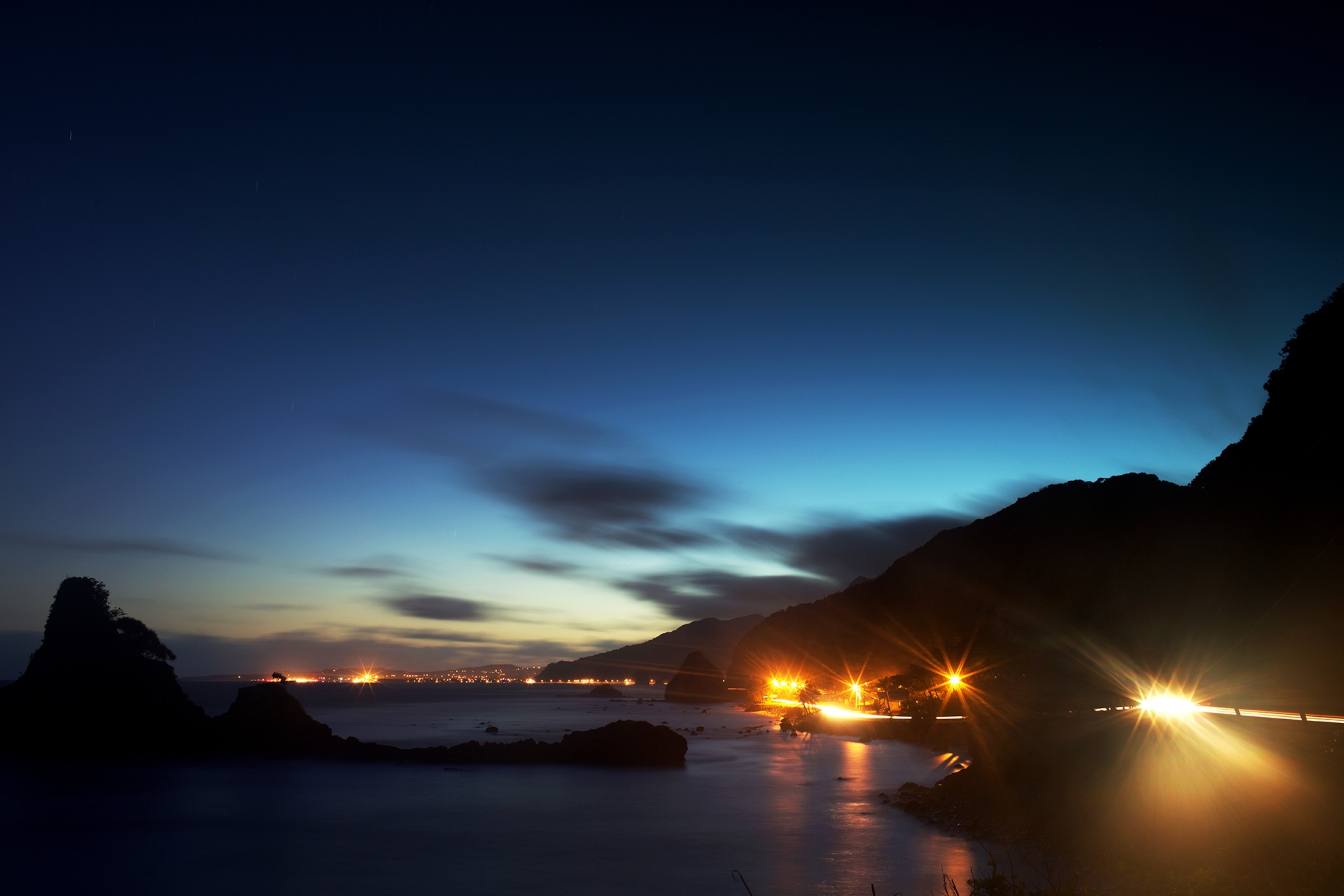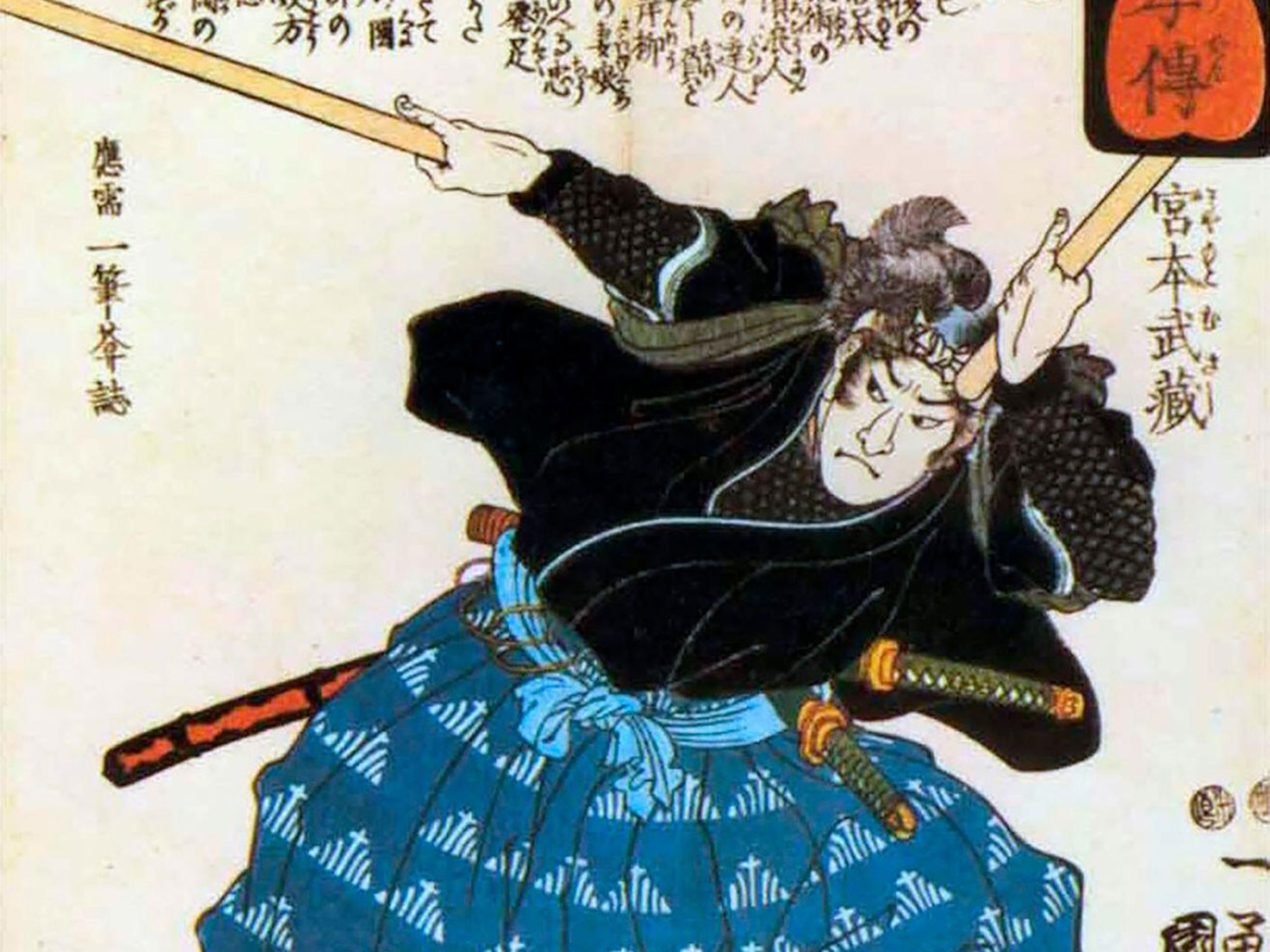
How Ancient Love Legends Shape Life on American Samoa
Captivating tales of love, revenge, and redemption are tied to the cultural traditions of the Samoan people.
Over two thousand miles southwest of Hawaii, a lush archipelago rises out of the Pacific. In American Samoa—meaning sacred Earth—legends dating back hundreds of years permeate the air, land, and sea. Several versions of these stories exist today, their details obscured through generations of oral folklore. However, all reveal a central theme in Samoan cosmology: the interdependence between humans and their environment.
The Tale of the Shipwrecked Lovers: Eternal Love
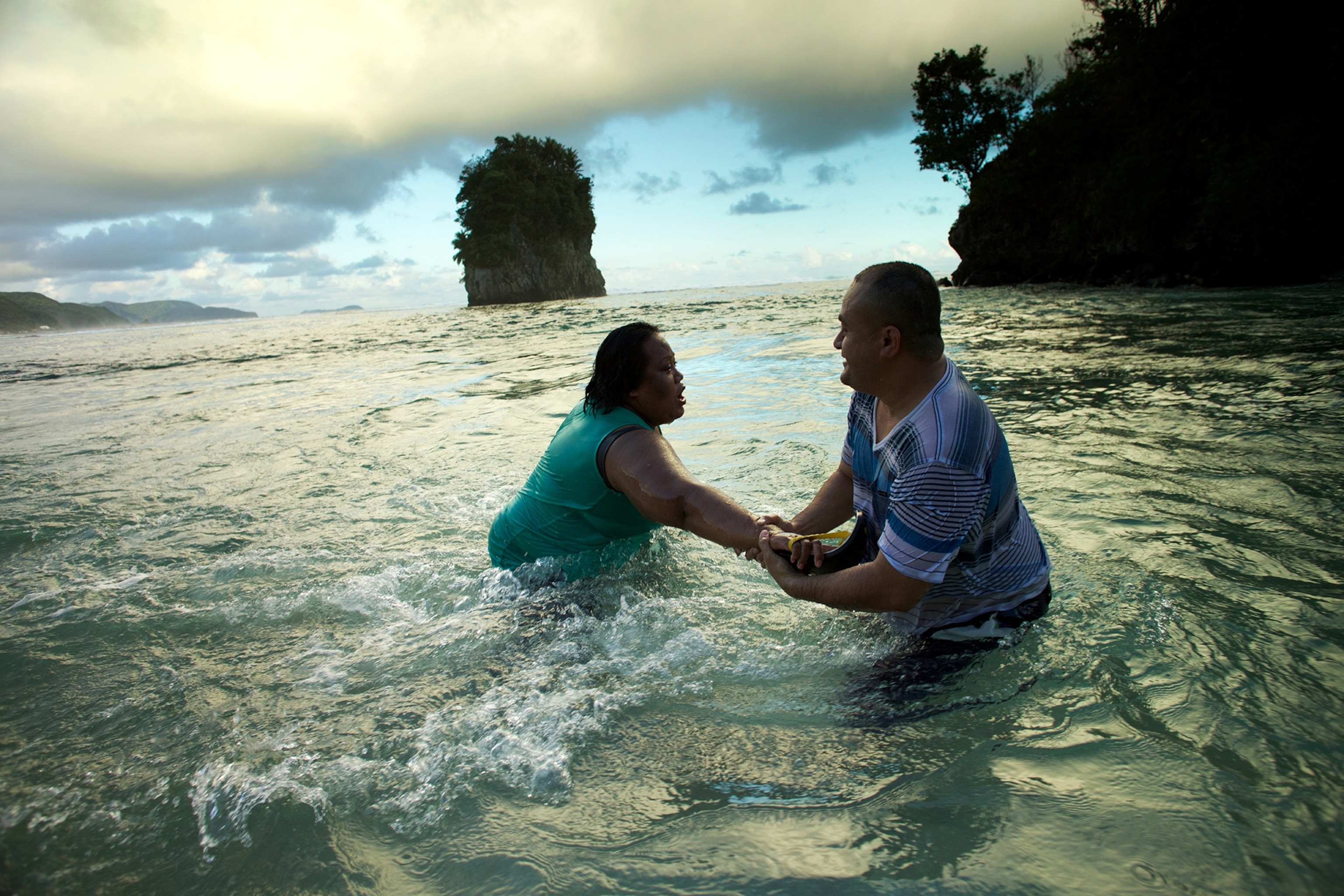
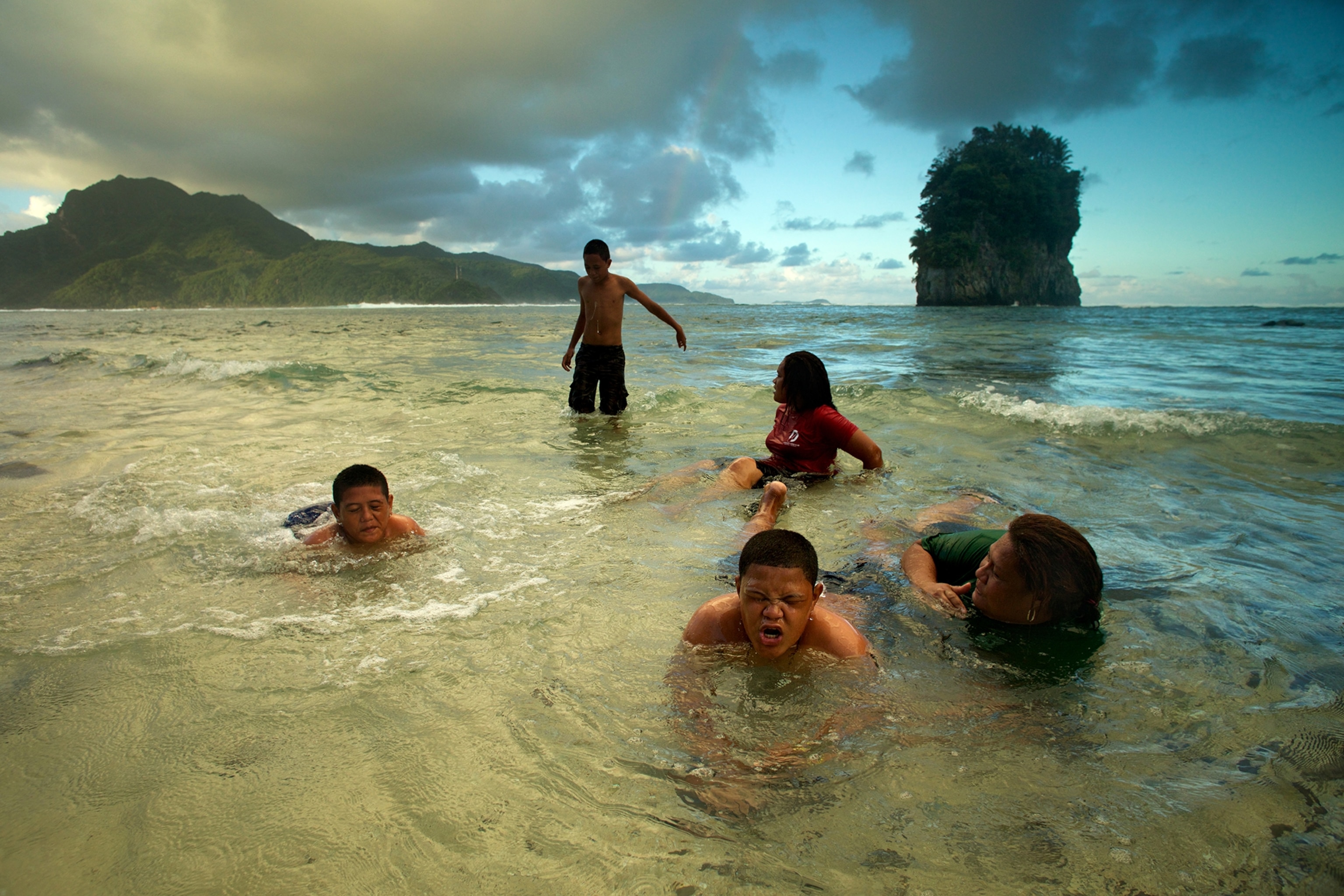
Two lovers, Fatu and Futi, set out on a journey from Upolu (Samoa) to Tutuila, the largest island in American Samoa. After weeks at sea, their journey turned treacherous when their canoe capsized during a violent storm, and they were catapulted into the ocean. Lost and hopeless, they swam for days before approaching Tutuila, where they drowned just before reaching the shore. The lovers grew into two flowering rocks, watching over the land—and each other—for eternity.

Today Fatu and Futi, also known as Flowerpot Rock, continue to stand guard at the entrance of Pago Pago Harbor. Its deep valleys, dense woods, and fertile coast make it one of the most well-sheltered harbors in the Pacific—the primary reason colonial powers like the United States established naval bases there in the late 19th-century.
Sina and the Tuna: Unrequited Love
Sina was a beautiful princess with long black hair and sun-kissed skin—the loveliest in her village. Unbeknownst to Sina, a tuna (eel) spied on her bathing in the stream each day and fell deeply in love with her. When she did not return his affection, he spiraled into a deadly despair. With his final breaths he implored her to cut off his head after his death and bury it in the earth. From his body, the palm—or tree of life—would grow. The leaves could be used to weave mats and build shelter, and the coconut milk would sustain the lives of Sina and all her descendants—the ultimate proclamation of his undying love.

True to the tuna’s declaration, the coconut was, and remains, an essential part of Samoan agriculture and tradition. In ancient times the coconut was considered a divine gift—its shell was used to store water on long ocean voyages, and its nuts were used for meat. Today, coconut water is a staple drink, the meat is used to flavor traditional Samoan dishes, and the oil is used in sua, or ceremonial offerings. The shells are also still used as containers, and palm leaves are woven into mats, baskets, fans, and fiber.
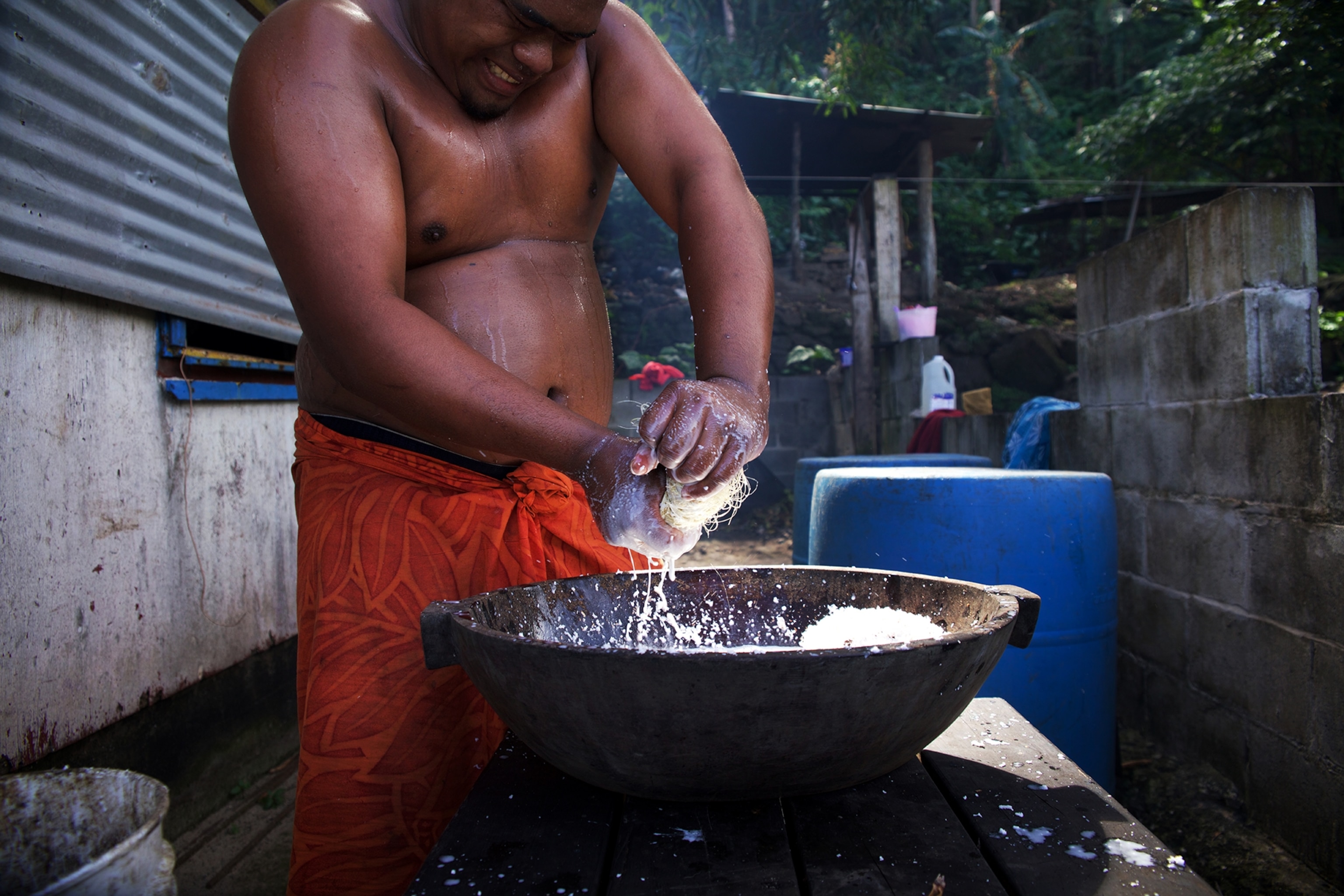
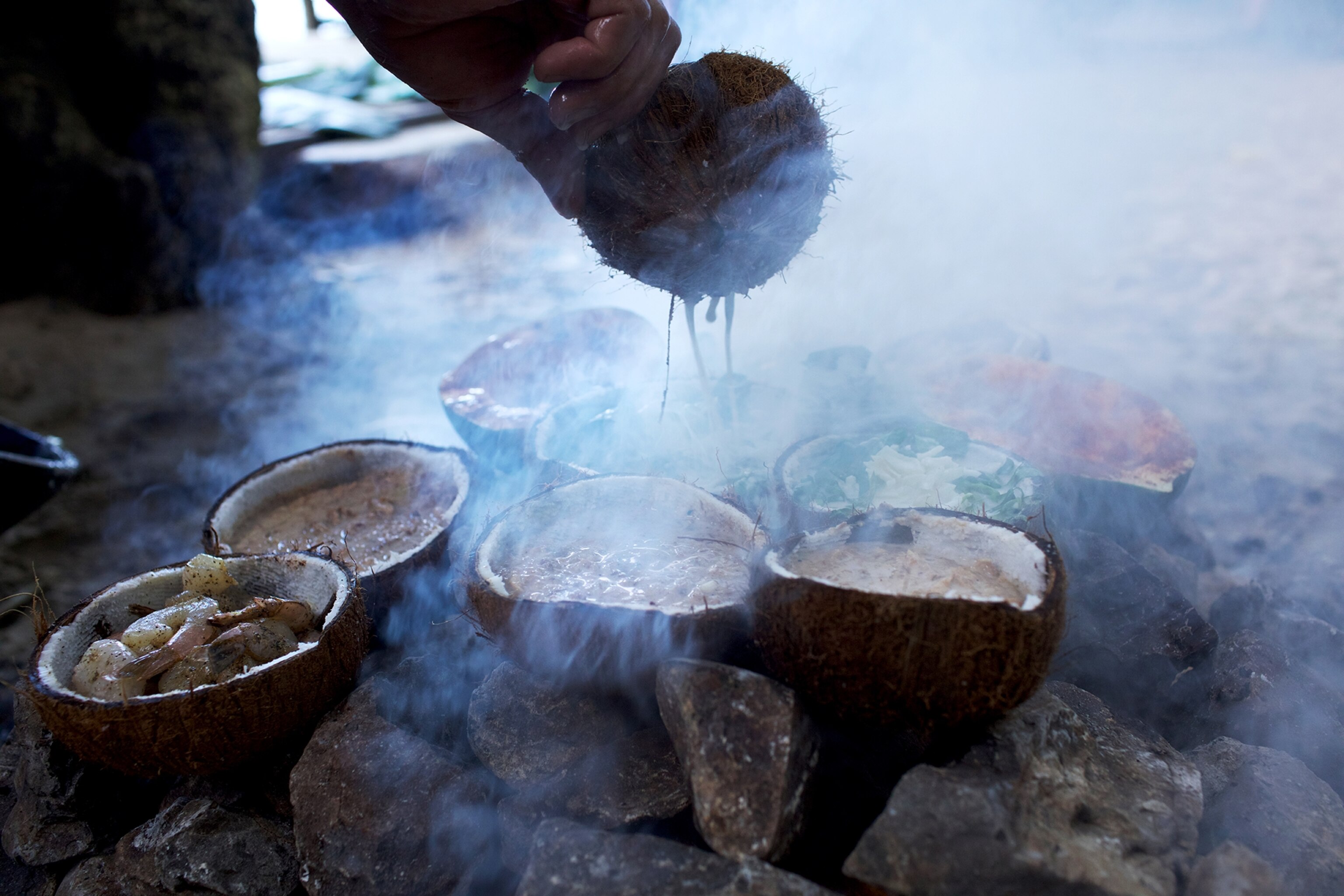
Aloaloalela and the Sun: A Lover’s Revenge
An old couple gave birth to two daughters—Aloaloalela and Sautia. When Aloaloalela grew into a beautiful young woman, the Sun demanded to wed her, and she soon became pregnant. Together the sisters devised a plan to run away, and one day they jumped into the sea and swam. It wasn’t long before Aloaloalea went into labor, and gave birth in the open ocean. The god, Tagaloalagi, saw the bloodied water from above and retrieved the baby boy to raise him as his own. He took pity on the sisters and created a simple piece of land for them to rest.
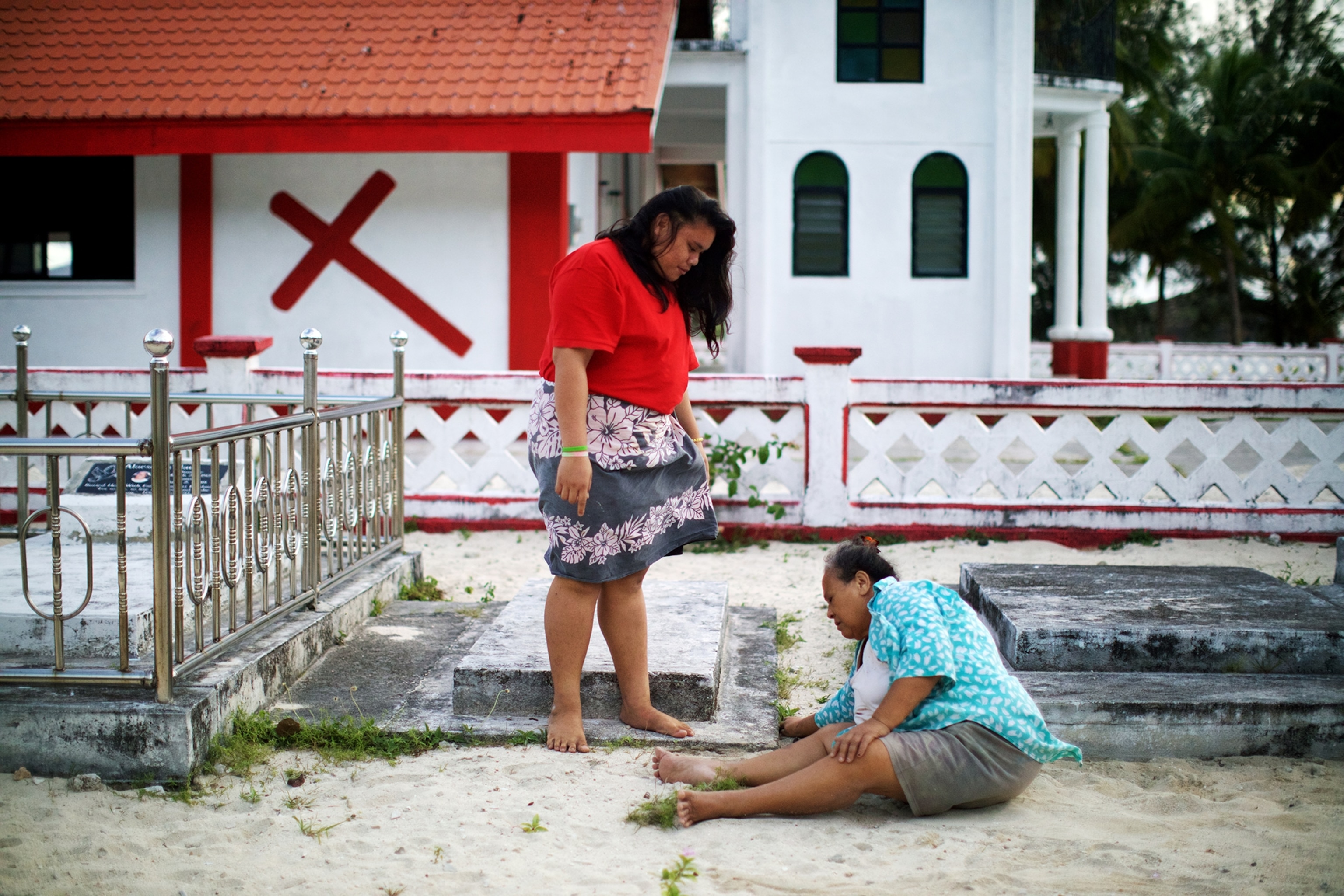
- National Geographic Expeditions
The boy grew older and heard rumors that he was not the true son of Tagaloalagi. He demanded to see his mother and aunt, and discovered they were being ceaselessly tormented by Aloaloalea’s jilted lover. The boy pleaded with Tagaloalagi until he agreed to create all variety of trees, animals, and birds to beautify the Earth and shield the women from the Sun—a testament of a child’s love for his mother.
True to Tagaloalagi’s promise, the volcanic islands that make up American Samoa and their surrounding waters are home to more than 800 native fish, 200 coral species, diverse plant life, and animals like the flying fox (fruit bat), which is regarded as the winged guardian of the forest.

According to the National Park Service, American Samoa faces several environmental threats, including invasive plant and animal species, rising ocean temperatures, a growing population, and inadequate waste management. These threats are a reminder that while Samoan legends are beautiful illustrations of how the land sustains human life, the relationship is ultimately one of reciprocity.
